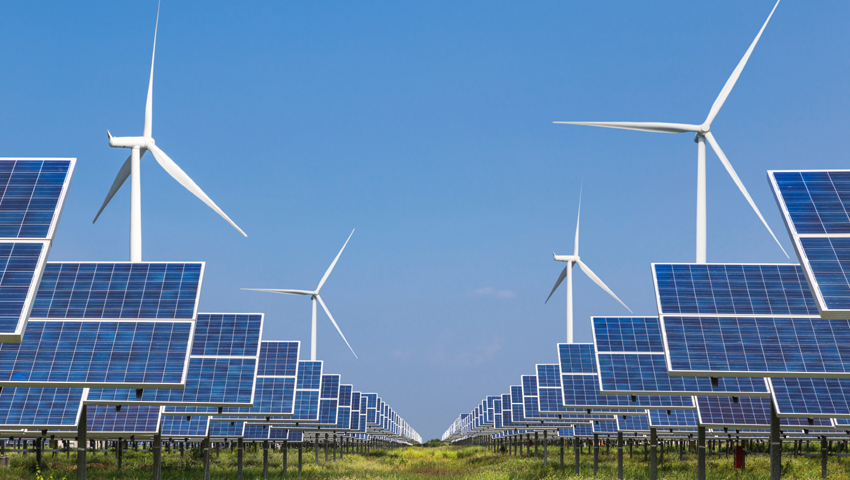The government’s plans to expand renewable energy and generation schemes could be “life changing” for farmers – but John Wallis, Director, GSC Grays, has warned that the UK’s electricity infrastructure remains a stumbling block.
Understanding the options available will be key for farmers contemplating using land for wind or solar farms. Wallis points out that even landowners not considering this kind of scheme may have power generation infrastructure forced upon them via Compulsory Purchase Orders (CPO).
Ed Miliband, the Energy Secretary, has already approved three large-scale solar farms that were previously stuck in planning to highlight a significant shift in policy.
Wallis expects that the government will move to trigger more projects. He said, “We are probably involved in 40 to 50 projects across the North of England and the majority are grid-scale solar & battery storage sites.
“We have also been working with a number of clients already on wind projects, and some are almost ready to go to the market because they’ve been proactive.
“In most cases the farmer isn’t involved in running, managing, or building (the projects); they are ultimately leasing their land to a developer for a period of time, and they receive an annual income from it.
“It can be life changing, as solar farm rents at the moment range from £850 to £1,200 per acre per annum, so it provides a really good, guaranteed income for the landowner with payments typically indexed to inflation and lasting 40 years or more. These long-term, stable income opportunities are particularly appealing in an industry often characterised by volatility.
“We’ve seen a big influx of solar schemes over the last five years, largely because the financial viability of the projects has improved. What’s happened more recently is that the price of the equipment, such as solar panels and batteries, has come down, and, of course, the energy price has gone up. Suddenly, these projects are viable on their own.”
The question of grid capacity remains a factor and Wallis points out that the national system was designed with central power stations feeding out power, rather than intermittent generation sites feeding power back in.
Wallis said, “As a landowner you need grid connection, there needs to be capacity within the grid, and finally you need planning consent. Often, we come across clients who like the idea of a renewable energy scheme but fall short on one of those three factors.
“To get anywhere near the government’s target of creating a zero carbon energy system by 2030, the amount of grid infrastructure the government will have to implement over the next five years is going to be vast. CPOs are the government’s way of putting this infrastructure in place, sometimes without consent from the landowner.
“We have a number of clients at the moment stuck in the grid queue, where they’ve made an application, potentially have planning permission or are going into planning, but haven’t been able to connect to the grid.”
Wallis concludes “While renewable energy schemes offer great opportunities during their operational phase, it’s crucial to plan for what happens at the end of the term. Decommissioning costs can be substantial, so it’s essential to factor this into the planning process from the outset. Early advice, particularly concerning tax planning and the technical details of contracts is vital for anyone considering renewable energy projects”.
